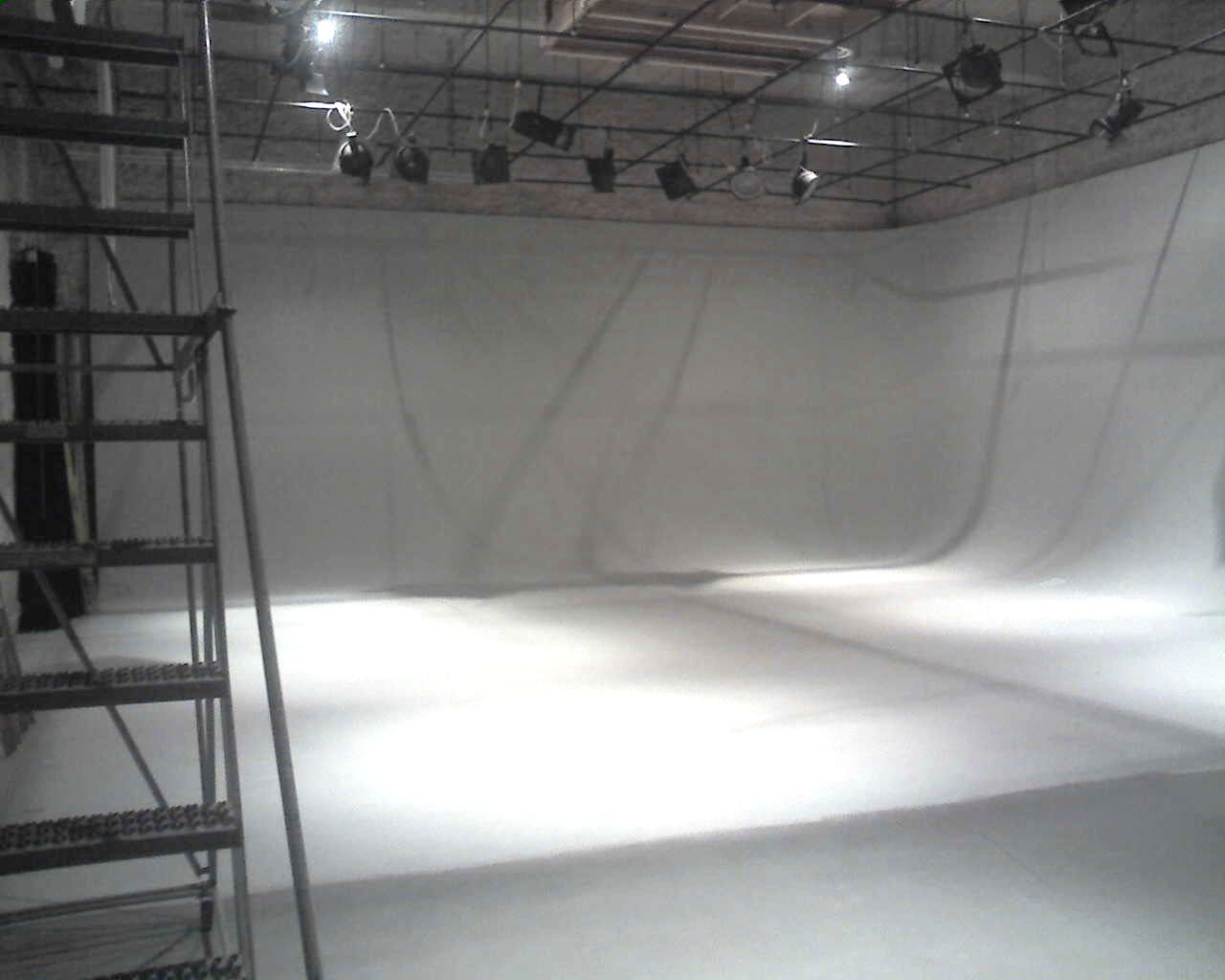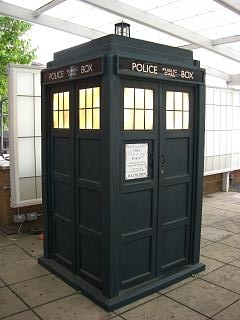|
Creative Geography
Creative geography, or artificial landscape, is a film editing technique invented by the early Russian filmmaker Lev Kuleshov sometime around the 1920s. It is a subset of montage, in which multiple segments shot at various locations and/or times are edited together such that they appear to all occur in a continuous place at a continuous time. Creative geography is used constantly in film and television, for instance when a character walks through the front door of a house shown from the outside, to emerge into a sound stage of the house's interior. It was during the filming of his film ''The Project of the Prait Engineer'', that Lev Kuleshov, pioneer of the assembly as the main pillar of a movie, began to investigate and experiment. The assembly was an unexplored field and devoted part of his career as a director to develop theoretically various articles around it. He accidentally discovered the technique that is being described: the creative geography. He lacked plans for the ch ... [...More Info...] [...Related Items...] OR: [Wikipedia] [Google] [Baidu] |
Film Editing
Film editing is both a creative and a technical part of the post-production process of filmmaking. The term is derived from the traditional process of working with film stock, film which increasingly involves the use Digital cinema, of digital technology. The film editor works with raw footage, selecting Shot (filming), shots and combining them into Sequence (filmmaking), sequences which create a finished Film, motion picture. Film editing is described as an art or skill, the only art that is unique to cinema, separating filmmaking from other art forms that preceded it, although there are close parallels to the editing process in other art forms such as poetry and novel writing. Film editing is often referred to as the "invisible art" because when it is well-practiced, the viewer can become so engaged that they are not aware of the editor's work. On its most fundamental level, film editing is the art, technique and practice of assembling shots into a coherent sequence. The job ... [...More Info...] [...Related Items...] OR: [Wikipedia] [Google] [Baidu] |
Russia
Russia (, , ), or the Russian Federation, is a List of transcontinental countries, transcontinental country spanning Eastern Europe and North Asia, Northern Asia. It is the List of countries and dependencies by area, largest country in the world, with its internationally recognised territory covering , and encompassing one-eighth of Earth's inhabitable landmass. Russia extends across Time in Russia, eleven time zones and shares Borders of Russia, land boundaries with fourteen countries, more than List of countries and territories by land borders, any other country but China. It is the List of countries and dependencies by population, world's ninth-most populous country and List of European countries by population, Europe's most populous country, with a population of 146 million people. The country's capital and List of cities and towns in Russia by population, largest city is Moscow, the List of European cities by population within city limits, largest city entirely within E ... [...More Info...] [...Related Items...] OR: [Wikipedia] [Google] [Baidu] |
Lev Kuleshov
Lev Vladimirovich Kuleshov (russian: Лев Владимирович Кулешов; – 29 March 1970) was a Russian and Soviet filmmaker and film theorist, one of the founders of the world's first film school, the Moscow Film School. He was given the title People's Artist of the RSFSR in 1969. He was intimately involved in development of the style of film making known as Soviet montage, especially its psychological underpinning, including the use of editing and the cut to emotionally influence the audience, a principle known as the Kuleshov effect. He also developed the theory of creative geography, which is the use of the action around a cut to connect otherwise disparate settings into a cohesive narrative. Life and career Lev Kuleshov was born in 1899 into an intellectual Russian family.Lev Kuleshov, Aleksandra Khokhlova, ''50 Years in Films''. Moscow: Iskusstvo, 1975, 303 pp. (Autobiography) His father Vladimir Sergeevich Kuleshov was of noble heritage; he studied ar ... [...More Info...] [...Related Items...] OR: [Wikipedia] [Google] [Baidu] |
Montage Sequence
Montage (, ''mon-TAHJ'') is a film editing technique in which a series of short shots are sequenced to condense space, time, and information. The term has been used in various contexts. In French, the word "montage" applied to cinema simply denotes editing. In Soviet montage theory, as originally introduced outside the USSR by Sergei Eisenstein, it was used to create symbolism. Later, the term "montage sequence", used primarily by British and American studios, became the common technique to suggest the passage of time. A montage is a French term meaning “assembling shots” or “putting together.” It’s a film technique for putting together a series of short shots that create a composite picture. In simple terms we can say that montage is a series of separate images, moving or still, that are edited together to create a continuous sequence. Montages enable filmmakers to communicate a large amount of information to an audience over a shorter span of time by juxtaposing d ... [...More Info...] [...Related Items...] OR: [Wikipedia] [Google] [Baidu] |
Sound Stage
A sound stage (also written soundstage) is a soundproof, large structure, building, or room with large doors and high ceilings, used for the production of theatrical film-making and television productions, usually located on a secured movie or television studio property. Compared to a silent stage, a sound stage is sound-proofed so that sound can be recorded along with the images. The recordings are known as ''production sound''. A silent stage is not soundproofed and is susceptible to outside noise interference; therefore, sound is not generally recorded. Because most sound in movies, other than dialogue, is added in post-production, this generally means that the main difference between the two is that sound stages are used for dialogue scenes, but silent stages are not. An alternative to production sound is to record additional dialogue during post-production (known as dubbing). Early history Structures of this type were in use in the motion picture industry before the adv ... [...More Info...] [...Related Items...] OR: [Wikipedia] [Google] [Baidu] |
TARDIS
The TARDIS (; acronym for "Time And Relative Dimension In Space") is a fictional hybrid of the time machine and spacecraft that appears in the British science fiction television series ''Doctor Who'' and its various spin-offs. Its exterior appearance mimics a police box, an obsolete type of telephone kiosk that was once commonly seen on streets in Britain. Paradoxically, its interior is shown as being much larger than its exterior, commonly described as being "bigger on the inside". Due to the significance of ''Doctor Who'' in popular British culture, the shape of the police box is now more strongly associated with the TARDIS than its real-world inspiration. The name and design of the TARDIS is a registered trademark of the British Broadcasting Corporation (BBC), despite the fact that the design was originally created by the Metropolitan Police Service. Name TARDIS is an acronym of "Time And Relative Dimension(s) in Space". The word "Dimension" is alternatively rendered in th ... [...More Info...] [...Related Items...] OR: [Wikipedia] [Google] [Baidu] |
Doctor Who
''Doctor Who'' is a British science fiction television series broadcast by the BBC since 1963. The series depicts the adventures of a Time Lord called the Doctor, an extraterrestrial being who appears to be human. The Doctor explores the universe in a time-travelling space ship called the TARDIS. The TARDIS exterior appears as a blue British police box, which was a common sight in Britain in 1963 when the series first aired. With various companions, the Doctor combats foes, works to save civilisations, and helps people in need. Beginning with William Hartnell, thirteen actors have headlined the series as the Doctor; in 2017, Jodie Whittaker became the first woman to officially play the role on television. The transition from one actor to another is written into the plot of the series with the concept of regeneration into a new incarnation, a plot device in which a Time Lord "transforms" into a new body when the current one is too badly harmed to heal normally. Each acto ... [...More Info...] [...Related Items...] OR: [Wikipedia] [Google] [Baidu] |
Suspension Of Disbelief
Suspension of disbelief, sometimes called willing suspension of disbelief, is the avoidance of critical thinking or logic in examining something unreal or impossible in reality, such as a work of speculative fiction, in order to believe it for the sake of enjoyment. Aristotle first explored the idea of the concept in its relation to the principles of theater; the audience ignores the unreality of fiction in order to experience catharsis. Origin The poet and aesthetic philosopher Samuel Taylor Coleridge introduced the English-language term "suspension of disbelief" in 1817 and suggested that if a writer could infuse a "human interest and a semblance of truth" into a fantastic tale, the reader would suspend judgement concerning the implausibility of the narrative. Coleridge sought to revive the use of fantastic elements in poetry and developed a concept to support how a modern, enlightened audience might continue to enjoy such types of literature. The term resulted from a phil ... [...More Info...] [...Related Items...] OR: [Wikipedia] [Google] [Baidu] |
Just A Gigolo (1978 Film)
''Just a Gigolo'' (german: Schöner Gigolo, armer Gigolo, lit=Beautiful Gigolo, Poor Gigolo) is a 1978 West German drama film directed by David Hemmings and starring David Bowie. Set in post-World War I Berlin, it also features Sydne Rome, Kim Novak and Marlene Dietrich in her final film role. The film was panned by critics and audiences; this led Bowie to quip that it was "my 32 Elvis Presley movies rolled into one". Plot A Prussian officer (David Bowie) returns home to Berlin following the end of the Great War. Unable to find employment elsewhere, he works as a gigolo in a brothel run by the Baroness (Marlene Dietrich). He is eventually killed in street fighting between Nazis and Communists. Both sides claim his body but the Nazis succeed in capturing it and bury him with honours, "a hero to a cause he did not support". Cast * David Bowie as Paul Ambrosius von Przygodski * Sydne Rome as Cilly * Kim Novak as Helga von Kaiserling * David Hemmings as Captain Hermann Kraft * Ma ... [...More Info...] [...Related Items...] OR: [Wikipedia] [Google] [Baidu] |
Continuity Editing
Continuity editing is the process, in film and video creation, of combining more-or-less related shots, or different components cut from a single shot, into a sequence to direct the viewer's attention to a pre-existing consistency of story across both time and physical location. Often used in feature films, continuity editing, or "cutting to continuity", can be contrasted with approaches such as montage, with which the editor aims to generate, in the mind of the viewer, new associations among the various shots that can then be of entirely different subjects, or at least of subjects less closely related than would be required for the continuity approach. When discussed in reference to classical Hollywood cinema, it may also be referred to as classical continuity. Common techniques of continuity editing Continuity editing can be divided into two categories: temporal continuity and spatial continuity. Within each category, specific techniques will work against a sense of continuity. ... [...More Info...] [...Related Items...] OR: [Wikipedia] [Google] [Baidu] |



.jpg)